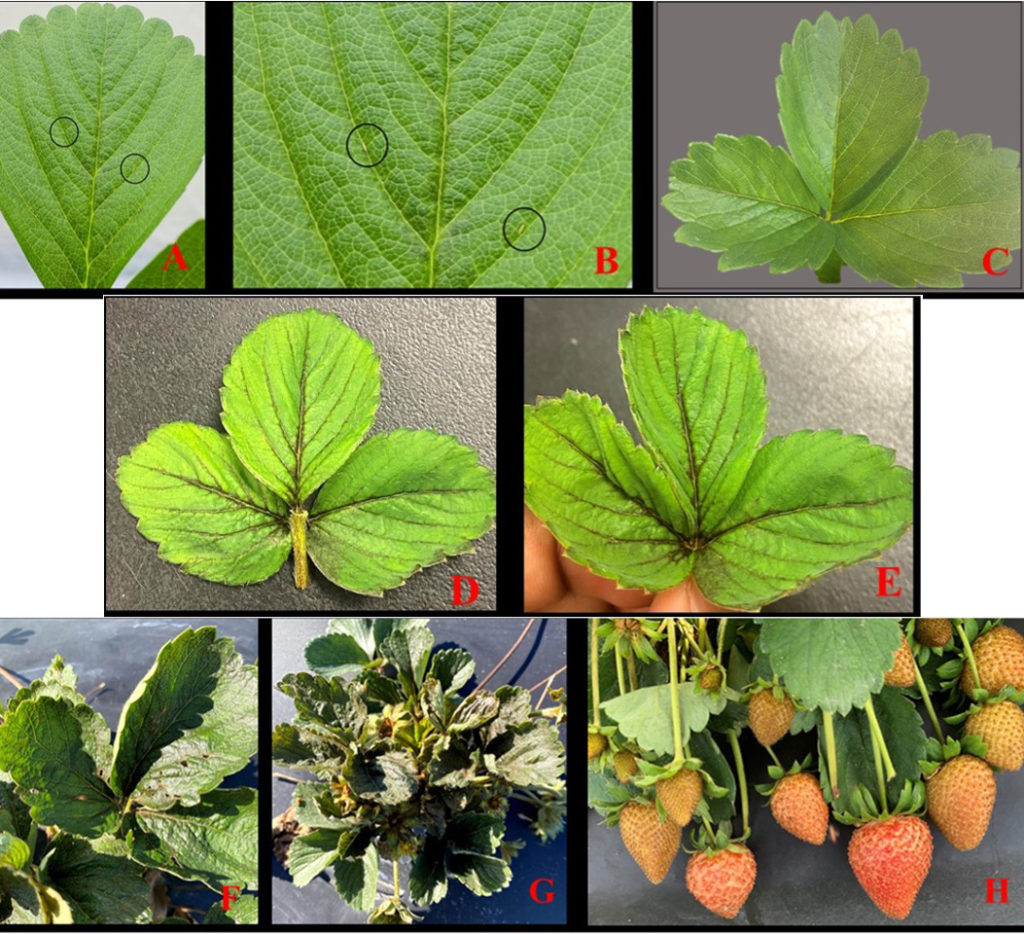By Clint Thompson
Strawberry planting season is just around the corner for South Florida producers. One part of production that growers will have to be ready for is managing chilli thrips.

Credit: Gagandeep Kaur
Sriyanka Lahiri, University of Florida Institute of Food and Agricultural Sciences (UF/IFAS) assistant professor of entomology and nematology at the Gulf Coast Research and Education Center, discussed chilli thrips and the price farmers pay for not controlling them effectively.
“Here in Florida, the predominant pest remains chilli thrips. The thing about chilli thrips in strawberries is that they’re present from the beginning of the season. Even while the transplants are growing new leaves and developing their new root system, they’re present from the beginning,” Lahiri said. “With no treatments, we’ve seen almost 90% of fruit loss happening.”
Lahiri said chilli thrips will feed on the leaves of the strawberry plants. They show up as early as possible and then colonize portions of the field even before any flower thrips appear.
Thrips are very tiny insects that range in 1 mm to 4 mm in length. They are very active and mobile. In a new University of Florida study, research showed chilli thrips congregated in one area for about two weeks, then moved and infected nearby plants.
Insecticides like Spinetoram, Exirel® and SivantoTM prime are effective insecticides.

Credit: Gagandeep Kaur
“These are good tools that growers can rely on, and in addition to that, a lot of the Florida growers have been releasing predatory mites that are doing a good job,” Lahiri said. “They should be released after an initial knock down of very high thrips population.
“The caveat of using predatory mites is, if the thrips population is too high, then the predatory mites can’t keep up. The crops are regularly treated with fungicides also. Fungicides can be very toxic to predatory









